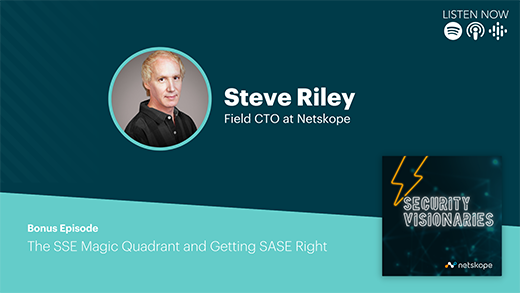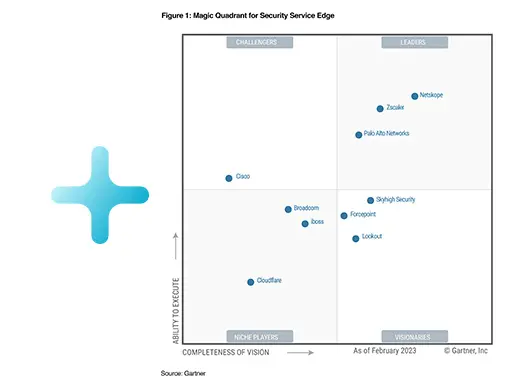The following is derived from the new book Modern Data Loss Prevention (DLP) for Dummies, Netskope Special Edition, available now. Click here to get your complimentary copy.
Security professionals were once confident that the valuable data they protected was safely tucked away inside heavily fortified data centers. But as businesses of all sizes undergo digital transformation, moving their data to the cloud and across numerous distributed locations, the demands placed on legacy data protection systems have changed drastically.
The reality today is that most legacy data loss prevention (DLP) systems were not designed to handle cloud and hybrid work use cases, which require a cloud-based architecture, greater coverage and scale beyond the campus network’s premises, and advanced capabilities to keep up with the growing variety of sensitive data. You need to rethink your approach to data protection and consider adopting a modern cloud-delivered DLP technology. Modern DLP is designed to automatically discover and protect the storage, the flow, and the use of sensitive data — anywhere across an organization’s networks, users, and services.
Why legacy DLP won’t help you
Although legacy DLP solutions have been used for data protection for more than a decade, they have gained a reputation for being costly, too complex to implement and manage, and less and less accurate.
They were originally designed with a perimeter-based security model in mind that assumes sensitive data must be kept protected within managed network environments, a model that is no longer applicable. We’re in the era of cloud and collaboration where data is stored and shared across multiple cloud-based locations and accessed by users and devices connecting from anywhere. Adding extra technologies to an outdated DLP approach doesn’t make it cloud-ready; it only adds complexity and more strain on what might be an already-stretched IT department.
Additionally, legacy DLP systems may not have been designed to enable modern data sharing practices, and to keep up with stricter privacy requirements and newer risks. Fundamentally they lack deep understanding of risk context around data, making it difficult to automatically discern between a legitimate form of collaboration and a risky one, and to adapt security response to changing circumstances.
Not all cloud-delivered DLP solutions are created equal
When it comes to choosing a newer cloud-delivered DLP solution, keep in mind that many of them may be well-marketed to solve for specific modern use cases and for deployment complexity, but overall, lack the maturity and sophistication needed to effectively replace legacy solutions. This lack of maturity and sophistication means they don’t have the efficacy and accuracy needed to effectively balance data protection and business needs, leading to continued friction between the two.
How modern DLP works
To effectively protect sensitive data and safely enable modern business practices, a DLP system should be comprehensive, cloud-delivered, and powerfully advanced. It should protect your data across all fundamental channels, including clouds, networks, emails, endpoints, and users from any location. It’s designed to be risk-aware and context-aware, so you can trust that your data will always be safe wherever it moves.
A modern DLP system performs several critical functions, including the following:
- Protects sensitive data comprehensively and consistently wherever it resides and moves, whether it’s data in motion (crossing clouds, networks, apps, and devices); data at rest (being stored); or data in use (being collaborated on, transferred and shared).
- Accurately and automatically identifies sensitive data, even if it’s in unstructured formats like images thanks to advanced detection engines aided by machine learning (ML) and artificial intelligence (AI), so you can trust it to keep all your data safe in the constantly evolving cloud world reducing the workload on your security teams.
- Monitors what’s happening in the contextual data environment, such as who’s accessing data and what they’re doing with it. By continually monitoring actions, risks, and behavior DLP can detect incidents and dynamically enable the proper protection based on changing conditions.
- Provides smart user coaching by automatically educating employees on safe data-handling practices in real time, reducing the need for incident response teams to manually triage issues.
To read more about moving to a modern DLP solution that supports your business goals while also protecting your most important assets—your people and data—get your copy of Modern Data Loss Prevention (DLP) For Dummies, Netskope Special Edition.





















